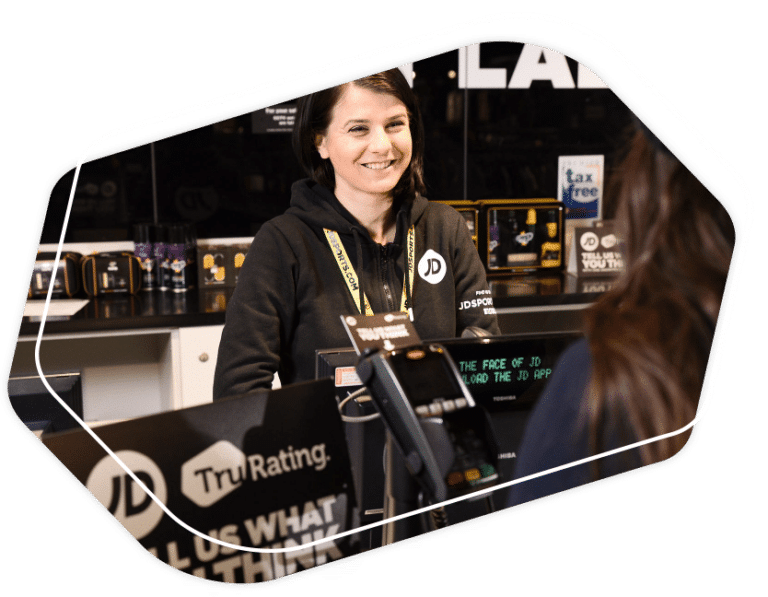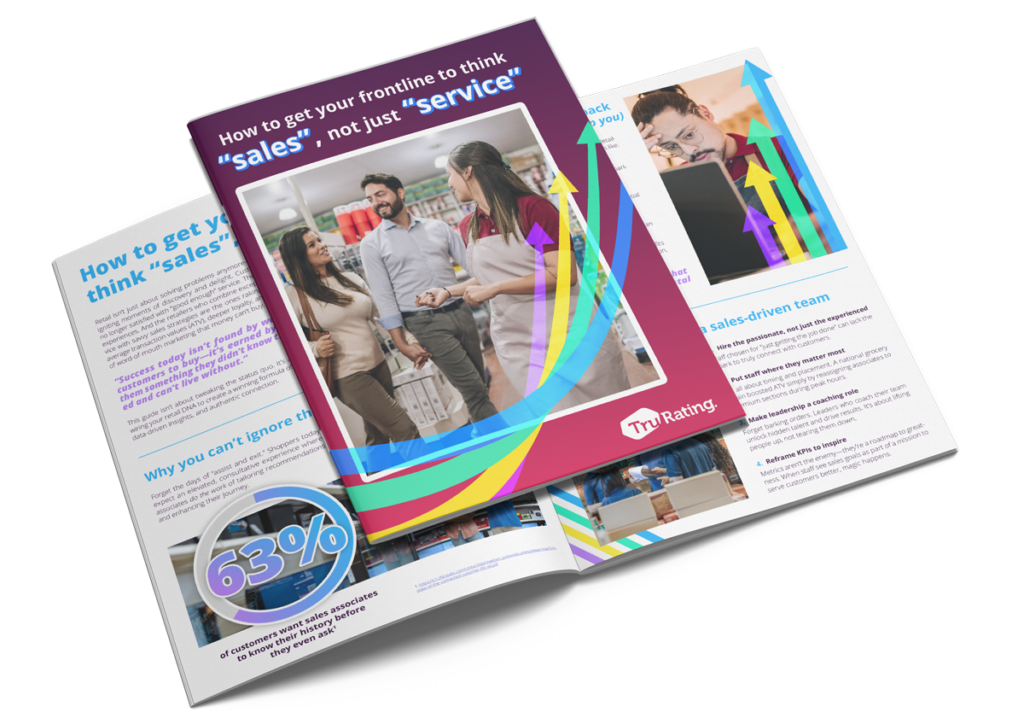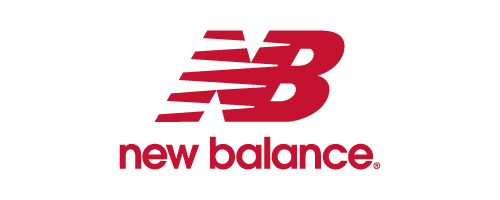Retailers have access to a goldmine of customer data, yet many struggle to translate it into actionable insights. According to research from KPMG’s Global Tech Report 2024, 54% of retail retailers reported at least a 10% increase in profit due to data and analytics. However, the retail sector still lags in data maturity compared to other industries, highlighting the untapped potential of data-driven decision-making.
As consumer expectations continue to rise, embracing customer experience analytics strategies and tools has become vital for staying ahead. This article explores how these tools can transform retail operations, enrich customer experiences, and drive profitability.
“54% of retail retailers reported at least a 10% increase in profit due to data and analytics.”
– KPMG Global Tech Report, 2024.
What is customer experience analytics?
Customer experience analytics is the process of collecting and analyzing data to better understand how customers interact with a business. It involves examining customer behaviors, feedback, and satisfaction to identify areas for improvement and opportunities to enhance the overall experience.
By using insights from this data, you can make more informed decisions, personalize your offerings, and create smoother, more enjoyable experiences that keep customers coming back.
Benefits of customer experience analytics
Investing in customer experience analytics tools and strategies offers numerous advantages, including:
- Improved customer engagement – customer insights can help you tailor your offerings to meet evolving customer needs.
- Increased customer loyalty – customer loyalty analysis enables you to understand buying patterns and enhance customer retention strategies.
- Better decision-making – CX data visualization and predictive analytics for CX provide data-driven insights for strategic decision-making.
- Revenue growth – according to McKinsey, companies that prioritize CX achieve twice the revenue growth of their less customer-focused peers.
- Reduced churn – predictive analytics customer experience tools help anticipate customer dissatisfaction and mitigate churn risks.
- Operational efficiency – CX dashboard reporting can highlight areas for improvement, enabling you to optimize operations and improve the omnichannel customer experience.
How to drive value from customer experience analytics
To maximize ROI from customer experience analytics tools, you need to utilize their insights to achieve efficiencies that drive revenue growth. Here’s how:
Optimize store operations
You can use CX performance measurement tools to track store-level insights, identify underperforming locations, and implement strategic changes. For instance, with TruRating, you can implement data-driven staffing adjustments that can improve in-store customer experience by ensuring that peak hours are adequately covered.
Increase conversion rates and basket size
By analyzing customer feedback insights and transactional data, retailers can identify key drivers of purchase decisions. For example, CX analytics like TruRating can highlight product categories that benefit from cross-selling opportunities, helping you design strategic promotions that encourage higher basket sizes.
Discover conversion tips and strategies with our conversion analysis guide.
Enhance personalization and customer engagement
Retail customer experience analytics enables hyper-personalized marketing strategies. By leveraging voice of the customer analytics and customer loyalty analysis, you can create targeted promotions, personalized recommendations, and exclusive offers that drive repeat purchases.
Streamline customer support and reduce churn
Predictive analytics for CX help retailers anticipate customer pain points before they escalate. By analyzing experiential data and using sentiment analysis tools, you can proactively resolve issues, improving customer satisfaction and reducing churn rates.
“Companies that put customer experience at the center achieve twice the revenue growth of those that fall behind in this area.”
– ‘Experience-led growth: A new way to create value’ McKinsey, 2023.
Using analytics to improve customer engagement
Utilizing customer experience analytics can improve your customer engagement strategy and foster deeper connections by helping you understand meaningful interactions. Here’s how you can use analytics to improve customer engagement:
- Real-time customer insights – using real-time feedback to track customer preferences and behaviors ensures that you can react quickly to changing demands.
- Sentiment analysis tools – analyzing social media interactions, reviews, and surveys can help you gauge customer sentiment and refine engagement strategies.
- Customer behavior tracking – understanding how customers navigate a store or website provides valuable insights that can be used to optimize layout and product placement.
How to improve in-store customer experience using analytics
In-store analytics provide crucial data points that help retailers refine the brick-and-mortar shopping experience. Here’s how retailers can improve in-store experiences using CX data:
- Optimize store layout – heatmaps and customer behavior tracking reveal high-traffic areas, helping businesses optimize product placement and store design.
- Enhance staffing decisions – CX dashboard reporting provides insights into peak hours, ensuring staff is allocated efficiently to meet demand.
- Personalized promotions – using customer retention strategies and purchase history data, retailers can offer real-time discounts or incentives to increase conversions.
Learn more about how to improve customer experience retail in-store.
Customer experience analytics best practices
To make the most of your customer experience analytics, it’s important to follow a few key best practices that ensure you get reliable, actionable insights:
Get a well-rounded sample
Don’t just listen to the loudest customers; ensure you hear from everyone. Gathering feedback from a wide range of customers will give you a more accurate picture of what’s really going on with your customer experience. This will help you avoid decisions based on the vocal minority.
Aim for statistically valid sample sizes
To make sure your data is meaningful, aim for a statistically valid sample size. For larger customer bases, 385 responses are usually enough to achieve a 95% confidence level with a 5% margin of error. For smaller stores or more detailed insights, try to get even higher response rates.
“TruRating’s POS feedback solution helps you collect customer feedback, when it’s most valuable – at the moment of purchase. Plus, with an average response rate of 80%, using TruRating ensures that you receive a valid sample size of feedback that representative of your customer base.”
Clean your data
Clean data is essential for good insights. This means removing duplicates, incomplete responses, and irrelevant data. Clean data ensures that the decisions you make are based on accurate, reliable information, otherwise, you risk making choices based on flawed data.
Use both quantitative and qualitative analysis
To really understand your customers, you need both types of analysis:
- Quantitative looks at numbers, like ratings and survey results, to spot trends and measure customer sentiment.
- Qualitative digs into open-ended feedback to uncover why customers feel the way they do.
Combining both gives you a fuller picture, so you can make improvements based on solid data, not just gut feeling.
Close the loop
Close the loop means not just gathering insights but using them to make meaningful improvements – and then following up to show customers that their voices were heard. This approach builds trust, strengthens relationships, and directly impacts revenue by increasing retention, loyalty, and satisfaction.
Big data analytics and customer experience
Big data analytics allows you to process vast amounts of information to enhance the customer experience. By using AI-driven CX data visualization and voice of the customer analytics, businesses can:
- Identify key trends and shifts in customer preferences
- Improve product recommendations through machine learning algorithms
- Enhance omnichannel customer experience by delivering seamless interactions across all platforms
Predictive analytics and customer experience
Predictive analytics enables retailers to forecast future customer behaviors, allowing them to be proactive rather than reactive. By analyzing past purchase patterns, engagement metrics, and customer feedback insights, retailers can:
- Anticipate demand fluctuations and optimize inventory
- Predict churn risk and implement targeted retention strategies
- Deliver personalized experiences based on customer preferences
Learn more about predictive analytics in retail.
Simplifying customer experience analytics
Retailers that embrace data-driven decision-making can unlock significant revenue opportunities, improve customer satisfaction, and drive long-term loyalty. However, using customer experience analytics effectively requires the right tools and strategies.
That’s where TruRating helps you take your customer experience strategy to the next level. Unlike traditional customer experience analytics platforms that capture and analyse feedback from only a vocal minority, TruRating ensures you hear from a statistically valid, representative sample, giving you the full picture of customer sentiment.
Why TruRating?
- Close the loop and go further – hear from both happy and dissatisfied customers at scale, so you can act on insights and improve experiences.
- Capture more feedback – get insights from 80%+ of customers at checkout, ensuring a complete, representative view.
- AI-driven analytics – instantly uncover trends and customer pain points with real-time, AI-powered insights.
- Empower every team – deliver clear, actionable data to store managers, digital teams, and executives to drive improvements.
- Proven ROI – businesses using TruRating see higher retention, increased revenue, and stronger customer satisfaction.
The future of retail belongs to those who understand their customers best. With TruRating’s customer feedback platform, you can transform data into action, drive revenue growth, and create a superior shopping experience.
Ready to get started? Learn more about our retail analytics software, or book a demo today and start making every customer interaction count.












